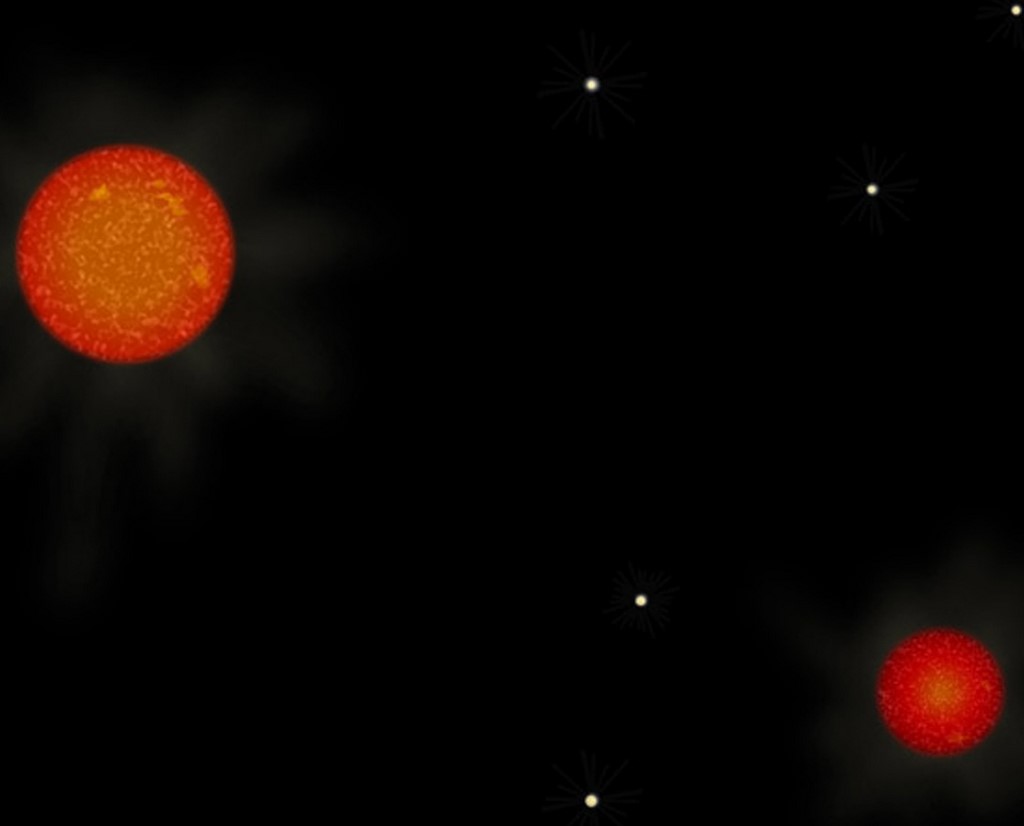Sir Issac Newton is best know for his laws of motion. Many people’s knowledge of his scientific contributions stops there. Issac Newtons inventions contributed a great deal to our current understanding of subjects from optics to theology and how early scientists were able to view their world.
In mathematics Isaac Newton inventions included laying the ground work for differential and integral calculus. His work was based on his insight that the integration of a function is merely the inverse procedure to differentiating it. Taking differentiation as the basic operation, he produced simple analytical methods that unified many separate techniques previously developed to solve apparently unrelated problems such as finding areas, tangents, the lengths of curves and the maxima and minima of functions.
Issac Newton inventions in mechanics and gravitation were summarized the Principia. His discoveries in terrestrial and celestial mechanics showed how universal gravitation provided an explanation of falling bodies on Earth and of the motions of planets, comets, and other bodies in the heavens. He explained a wide range of then unrelated phenomena: the eccentric orbits of comets, the tides and their variations, the precession of the Earth’s axis, and motion of the Moon as perturbed by the gravity of the Sun. This work includes Newton’s three famous laws of motion, fluid motion, and an explanation of Kepler’s laws of planetary motion.
Isaac Newton inventions in optics included his observation that white light could be separated by a prism into a spectrum of different colors, each characterized by a unique refractivity. He proposed the corpuscular theory of light. He was the first person to understand the rainbow. He was the first person to use a curved mirror in a telescope to prevent light form being broken up into unwanted colors.
Isaac Newton inventions and contributions to science were many and varied. They covered revolutionary ideas and practical inventions. His works in physics, mathematics and astronomy are still important today. His contributions in any one of these fields would have made him famous; taken as a whole, they make him truly outstanding.
We have written many articles about Isaac Newton’s inventions for Universe Today. Here’s an article about celestial mechanics, and here’s an article about Newton’s laws of motion.
If you’d like more info on Isaac Newton’s inventions, check out How Stuff Works for an interesting article about Isaac Newton’s inventions, and here’s a link to Isaac Newton’s Biography.
We’ve also recorded an entire episode of Astronomy Cast all about Gravity. Listen here, Episode 102: Gravity.
Sources:
How Stuff Works
University of Virginia
NASA



